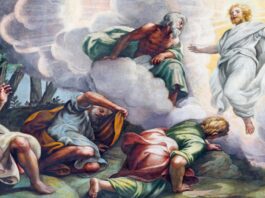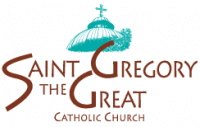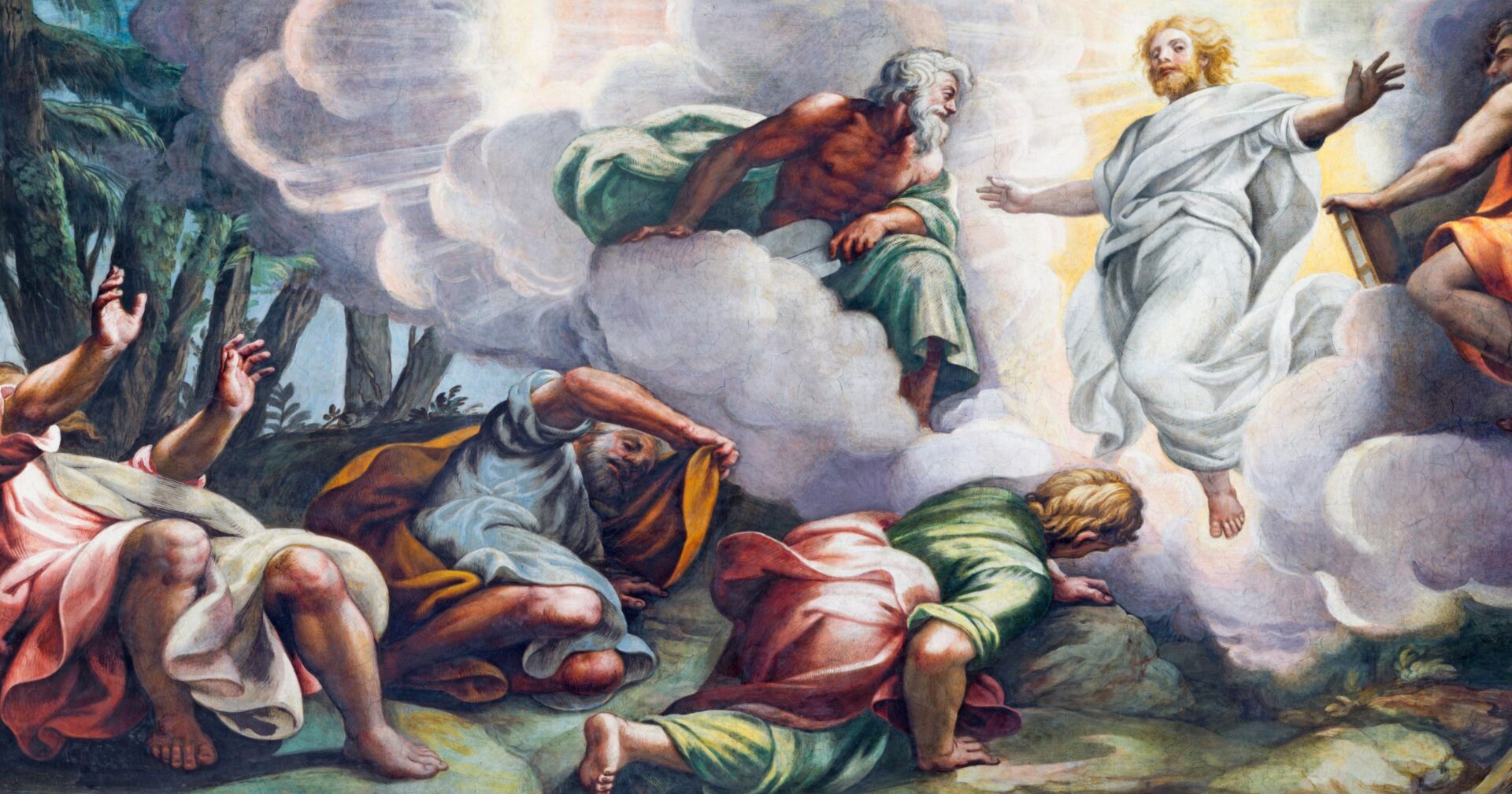
The three Synoptic Gospels – Matthew (17:1-8), Mark (9:2-9), and Luke (9:28-36) – all recount the story of the Transfiguration of the Lord. Interestingly, they all place the event after Peter’s affirmation of Jesus as the Messiah and Jesus’ first foretelling of his death. It’s thought that this event might have happened during the Jewish Feast of Booths, based on Peter’s inclination to build tents on the spot.
However, trying to fully understand the disciples’ experience of the Transfiguration is a challenge. This is because the Gospel accounts draw heavily from Old Testament depictions of God’s encounter at Sinai and prophetic visions of the Son of Man. It is clear that Peter, James, and John witnessed a glimpse of Jesus’ divine nature so powerful that it instilled fear in them. Describing such an overwhelming experience is difficult, so they used known religious terminology. Jesus, for certain, warned them that his glory and suffering were intertwined, a theme that the Gospel of John underscores repeatedly.
Mount Tabor is traditionally believed to be the location of the Transfiguration. The first church there was built and dedicated on August 6 in the fourth century. The Eastern Church started celebrating a feast in honor of the Transfiguration from around the same period. The Western Church began to observe it in some areas by the eighth century.
A significant event in history also falls on August 6. On this day in 1456, Crusaders won a victory over the Turks at Belgrade. Upon receiving news of this victory in Rome, Pope Callistus III decided to add the feast of the Transfiguration to the Roman calendar the following year.
Editorial credit: Renata Sedmakova / Shutterstock.com
The post The Transfiguration of the Lord appeared first on uCatholic.
Daily Reading
Tuesday of the Thirty-fourth Week in Ordinary Time
Reading 1 RV 14:14-19 I, John, looked and there was a white cloud, and sitting on the cloud one who looked like a son of man, with a gold crown…
Daily Meditation
Do Not Be Led Astray, Do Not Fear
Click here for daily readings In this somewhat confusing Gospel passage Jesus says two things in particular that stand out to me. “Take heed that you are not led astray”…




